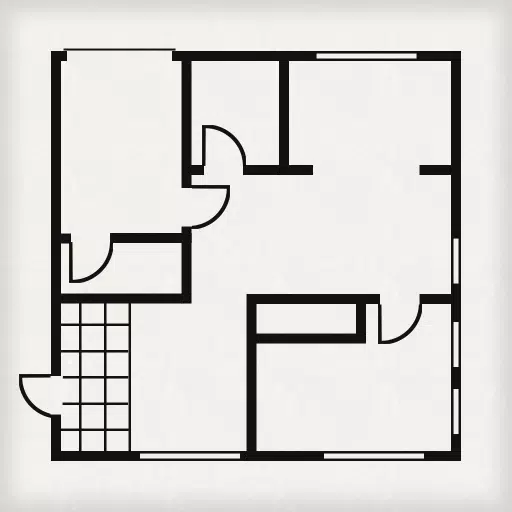Computex 2025: Gaming Monitors Now Too Fast
Three gaming monitors unveiled at Computex are setting new benchmarks for refresh rates, with the Asus ROG Strix Ace XG248QSG leading the pack. This 1080p display boasts an astonishing 610Hz refresh rate. Meanwhile, both MSI and Acer have introduced 1440p displays with 500Hz refresh rates, a specification that's challenging to achieve even with top-tier hardware like an RTX 5090 and multi-frame generation technology.
Acer's Predator X27U F5 not only features a high refresh rate but also incorporates a QD-OLED display, promising exceptional color accuracy. This model is initially launching in Europe and China, starting at €899. Acer has confirmed plans to bring the monitor to the US, though pricing details remain undisclosed due to ongoing tariff negotiations. Given the rising costs of tech products in the US, the final price might be steep.
MSI's 27-inch MPG 271QR X50 also sports a QD-OLED panel, but what sets it apart is its innovative AI feature. As reported by PC Gamer, this monitor includes a small sensor that detects when you step away, triggering the display to turn off and engage burn-in protection. This AI-driven approach to preventing OLED burn-in, a common issue in gaming monitors with static images, is both novel and effective, though it might feel a bit intrusive.
Do Gaming Monitors Need to Be This Fast?
The introduction of these ultra-fast monitors raises the question of their necessity. The Asus ROG Strix Ace XG248QSG, with its 610Hz refresh rate, is incredibly fast, especially in an era where Nvidia's multi-frame generation technology is pushing frame rates to new heights. Achieving such high frame rates, even in games like Marvel Rivals, would require an RTX 5090 and possibly multi-frame generation, which introduces slight latency and is generally discouraged in competitive gaming.
To fully leverage these high refresh rates, not only do you need a powerful graphics card, but also a robust CPU capable of feeding data to the GPU at these speeds. Technologies like Nvidia Reflex and frame generation can help, but at frame rates nearing 600 fps, a powerful CPU is essential.
However, if you can achieve these high frame rates without relying on frame generation, the resulting low render latency can significantly enhance competitive gameplay. Competitive gamers, such as those playing Counter-Strike 2, often opt for the lowest settings to maximize frame rates and minimize input lag, which can be crucial in high-stakes matches. Whether the potential benefits justify the likely high cost of these monitors is a decision each gamer will need to make.
Latest Articles












![Roblox Forsaken Characters Tier List [UPDATED] (2025)](https://images.dyk8.com/uploads/18/17380116246797f3e8a8a39.jpg)


















